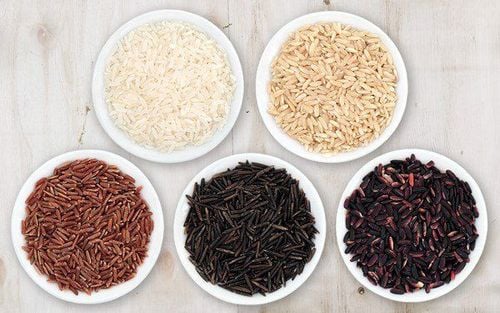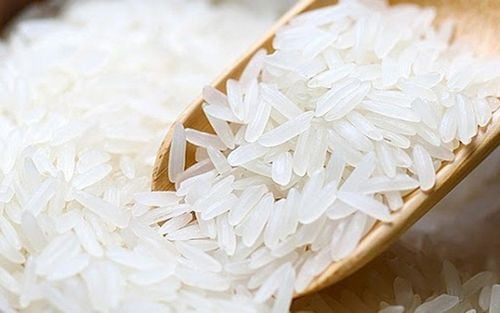This is an automatically translated article.
Is it good to eat white rice or is it better to eat brown rice? In fact, brown rice and white rice are the two most popular types of rice, most consumed, especially in the Asian region. Brown rice is being used more and more in meals because many people believe that brown rice is healthier and more nutritious than white rice.
1. Basic difference between brown rice and white rice
Brown rice is one of the whole grains. Structurally, brown rice consists of bran fibers, rice germ and carbohydrate-rich endosperm. Meanwhile, white rice has been milled and undergone a refining process to remove the husk, bran and germ. Those are the most nutritious components of rice. Removing these parts of white rice helps to increase the shelf life of the rice, but the nutritional, fiber, vitamin and mineral content of the rice is reduced. It is for that reason that many people believe that brown rice is more nutritious and healthier.
MORE: Brown rice vs white rice: Which is better?
2. Nutritional difference between brown rice and white rice
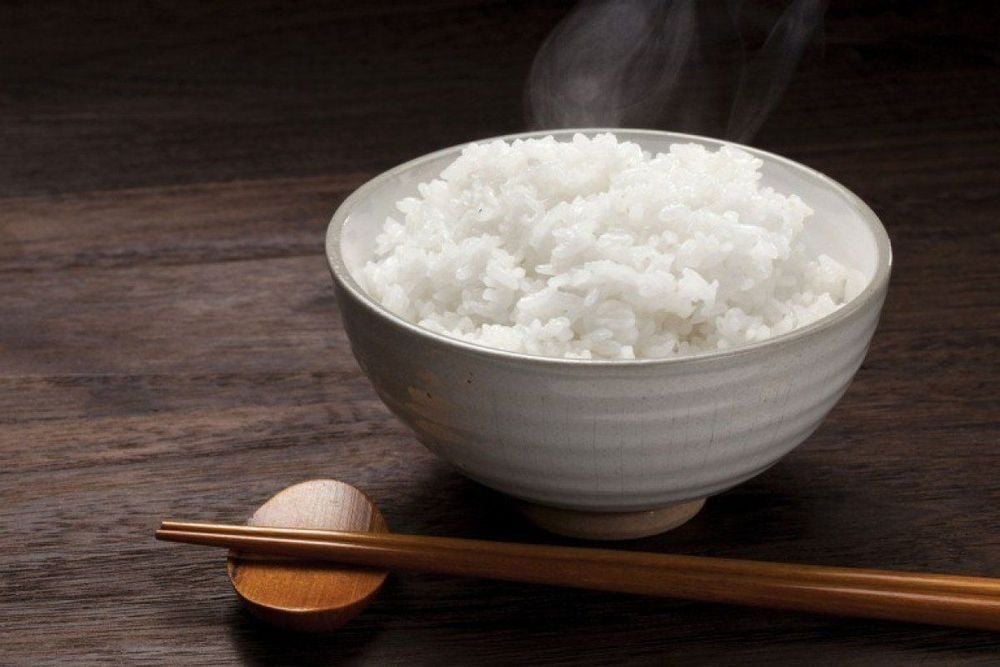
Cơm gạo trắng có tốt ko?
Both white rice and brown rice are high in carbohydrates. However, nutritionally, brown rice contains more nutrients overall than white rice, especially fiber, antioxidants like manganese, selenium, other important vitamins and minerals like magnesium, folate. Meanwhile, white rice does not provide many essential nutrients.
To know the exact nutritional content of each type, the buyer should carefully read the information about the food printed on the package because this depends on the manufacturer. Below is the nutritional information for 1⁄3 cups of cooked brown and white rice.
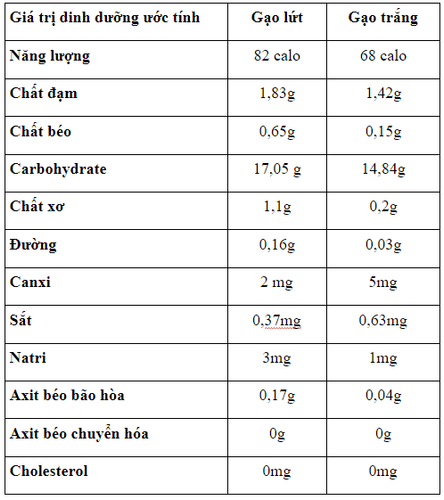
3. Brown rice and white rice, which food is safer?
Although a food with a higher nutritional content, brown rice is also known to be unsafe because it contains anti-nutrients such as phytic acid or phytate. Besides, the arsenic content in brown rice is also higher than white rice. Specifically:
Phytic Acid: In addition to certain health benefits, phytic acid also reduces the absorption of iron and zinc if consumed for a long time. To limit this, we can overcome it by having a more varied diet. Arsenic: Brown rice in particular and rice in general contain a certain amount of arsenic, especially in polluted areas, arsenic is abundant in the soil and affects rice plants. For the body, arsenic is toxic because if used in a long time will increase the risk of diseases such as type 2 diabetes, heart disease and cancer. Arsenic is found in more brown rice than white rice. To overcome this, similar to the above, we need a more varied diet. MORE: What is the healthiest type of rice?
4. How do brown and white rice work for people with type 2 diabetes?
As stated above, there is more fiber and magnesium in brown rice than in white rice. These are two important substances that help the body control blood sugar very well. Many studies have demonstrated that the more frequent use of whole grains in general and brown rice in particular will reduce blood sugar levels in patients with type 2 diabetes, and also reduce the risk of diabetes. this disease.
Meanwhile, eat more white rice, the risk of diabetes will be higher, because white rice is in the food group with a high glycemic index food. This index of white rice is 89, while brown rice is 50. Therefore, the level of blood sugar increase when eating white rice will be higher than brown rice.
MORE: Can Diabetics Eat Brown Rice?
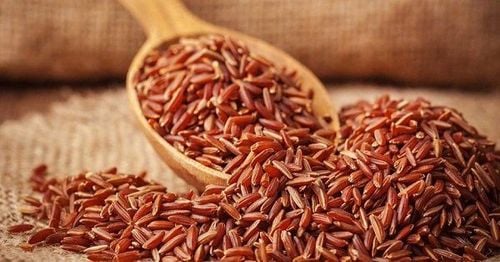
Gạo trắng và gạo lứt với sức khỏe nói chung
5. White rice and brown rice for general health
Consumption of white rice and brown rice both have certain effects on general health and specific effects on heart disease, antioxidant capacity and body weight control in particular.
5.1 Eating brown rice reduces the risk of heart disease Brown rice contains a plant compound that lowers blood pressure, lowers blood fats and reduces inflammation in the arteries, called lignans. Therefore, eating brown rice will reduce some risk factors and prevent and protect the body against heart disease. In addition, consuming more whole grains such as brown rice helps lower total cholesterol and bad LDL cholesterol, and they also help increase good HDL cholesterol.
5.2 Eating brown rice helps boost the body's antioxidants

Hàm lượng chất chống oxy hóa có trong gạo lứt rất cao giúp ngăn ngừa bệnh ung thư
As mentioned above, brown rice retains the bran fiber, which is a strong antioxidant. Studies have proven that consuming a variety of whole grains, including brown rice, with its high antioxidant content helps the body prevent cancer. In women with obesity, eating brown rice helps to boost antioxidants in the blood. Meanwhile, in patients with type 2 diabetes, eating white rice can reduce antioxidants in the blood.
5.3 Eating brown rice helps control weight Instead of white rice, eating brown rice helps control and lose weight significantly, thereby improving the body's BMI. In addition, eating more whole grains like brown rice also reduces waist and hip measurements.
Weight control is important for women. In particular, in obese and overweight women, switching from eating white rice to eating brown rice significantly reduced body weight as well as waist size.
Brown rice is a healthy food and provides many essential nutrients for the body. Both types of rice should be included in a healthy and varied diet to help balance the body and achieve optimal health.
Please dial HOTLINE for more information or register for an appointment HERE. Download MyVinmec app to make appointments faster and to manage your bookings easily.
Reference source: healthline.com




